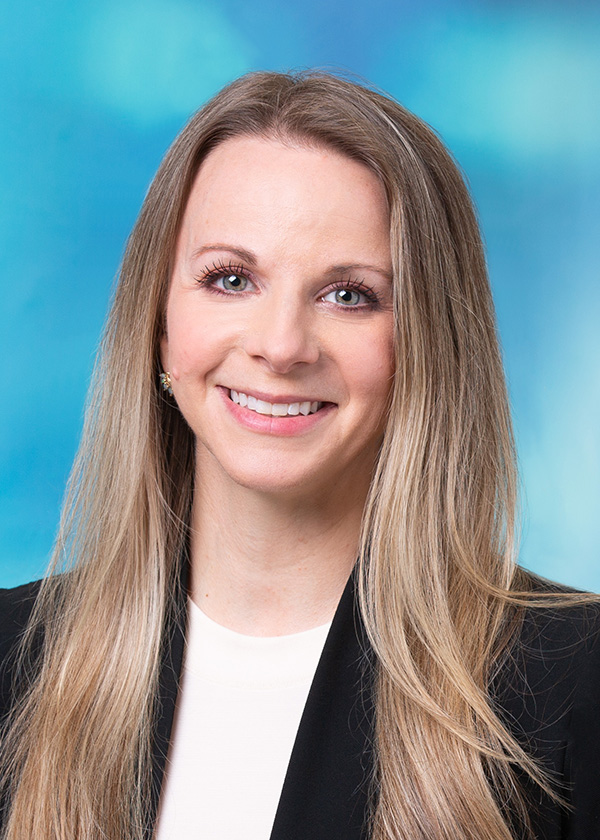Setting Up Your Family Philanthropy for Long-Term Success
All families have good intentions when giving assets to charity. They want to share their resources, positively impact the community and show their children how their values are reflected in their philanthropic work.
But often, for a lasting family philanthropic program, giving away resources is simply not enough to generate family engagement and community impact. It takes more focus and commitment to build something that carries into future generations. Building out the framework, the ongoing maintenance and evaluating the impact all require added thought and effort. Likewise, you need ways to evaluate what is working and what needs to change.
In that way, family philanthropy is like a small business. And like any business, you need a plan and a way of including your family and others to further your progress.
When done well, philanthropy can be a bridge to bring family together around a common goal. It can communicate values across generations and develop a sense of social responsibility in the rising generation. However, the construction of that metaphorical “bridge” is where the challenge lies.
Keeping Your Family Philanthropy Growing from Generation to Generation
Establishing a process-driven approach to your giving can help build the bridge across generations and maintain growth within your family philanthropy.
The experience of the Miller family, a single-family office, can help illustrate. Their goal was to achieve family cohesiveness, clear communication and evolve together. What they initially lacked in structure they made up for by implementing a clear process to further their philanthropy.
About the Millers…
The Millers consider themselves a close family. The first generation immigrated to this country and started a local real estate business. From there, the second generation took the framework of that business and grew it into what it is today, a multi-million-dollar company spread across multiple states. Together, these two generations have experienced both poverty and enormous wealth. They have similar values and have shared many of the same experiences.
The third generation was raised similarly to the second generation–prioritizing hard work, family traditions and discipline. However, the parents and grandparents have avoided direct discussions of their family’s wealth with the grandchildren.
The rationale was that they felt the knowledge of the family’s wealth would create more problems for the third generation than opportunities. The first two generations have not yet given much attention to how the third generation will explicitly learn about their family wealth or how they will be included in meaningful family dialogue about the business or family finances.
The Millers’ Philanthropy
On top of this dynamic lies the Millers’ philanthropic work. There is a family foundation founded by the first two generations that is intended to be passed along to the third generation and beyond. The oldest generation was leading the Miller Foundation at the beginning stages, while the next generation was more focused on building the family business.
They engaged in a scattershot giving philosophy, giving as many gifts as possible to as many “good” causes as possible. There was no formal process for grantmaking and no follow-up with grantees about results and progress. This led to the Miller Foundation giving many small gifts each year to the same handful of charities.
Eventually, the second generation decided to become more engaged. They evaluated the current charities and worked on better understanding the needs of the community. This led to the distribution of fewer gifts in larger amounts to those charities that were doing work that aligned more closely with the Foundation’s mission. Certain charities stopped receiving grants, yet the first two generations of the family continued to share the same mission and focus. The giving techniques varied, although the strong shared values kept operations flowing.
Inviting the Third Generation to the Table
A few years ago, with the first generation in their late 70s and the second in their late 40s and 50s, some of the older grandchildren began to ask about the family business. The parents and grandparents agreed to include the grandchildren in the philanthropic work as a first step.
There were several mishaps along the way, from a failure to create a common language around values, to basic private foundation education, to breaking the silence around the family’s wealth. After a few unfortunate outcomes due to poor planning around how to integrate the younger generation, the family was ready for some philanthropic advisory and support.
Implementing a Process-Driven Approach
The Miller Family is not alone in their limited initial structure and desire to be better. For many families it is often a challenge of knowing where to start. Use these seven steps to help you focus your giving strategy and implement plans.
Step 1: Unlock Your Values and Find Your Focus Areas
The Millers initially lacked a basic understanding of shared values across the three generations. They also did not acknowledge the rising generation may have their own values to contribute.
The first step is to unlock and share the family’s motivations and values for philanthropic giving through a series of values-sharing discussions. These values provide the anchor for decision-making at each step of the philanthropy process. The simplest way to organize your philanthropy is to focus on selected specific issues, rather than giving across many issues.
Step 2: Determine How to Involve Others
Like many high net-worth families, the Millers wanted to involve family and possibly even others in their philanthropy. However, there first should be internal discussions around who, what, when, where and how to involve others.
Involving family can take multiple forms, from including them in decision-making to preparing for eventual succession. Before engaging your family, it can be helpful to outline the type of involvement you wish to consider.
Step 3: Set a Family Budget
The Miller Family had not allocated an annual philanthropic budget. This led to reactive giving taking over some focus areas and not leaving room for the rising generation’s values to be supported.
Your previous contributions can help you understand your giving distribution across your selected causes and the total amount allocated. With this holistic view, you can consider adjustments that can make your giving more proactive and inclusive.
Step 4: Structure Your Giving for Your Family’s Needs
The Millers only considered one type of vehicle to carry out their philanthropy. However, there are many ways to structure your giving, especially as you continue to include multiple generations, perspectives, and values in your family philanthropy. While you can achieve your philanthropic objectives through any vehicle, the goal is to ensure you select the vehicle or combination of vehicles that aligns with your broader goals.
Step 5: Find and Vet the Right Partners
With the Millers, there was little structure around how they found and vetted potential grantees. While the task can seem daunting, understanding the “why” and “how” behind finding your nonprofit partners will help your family’s philanthropy achieve more meaningful results within the projects it funds. This leads into the final stages…
Step 6: Evaluate and Measure Impact of Grantmaking
Research shows the rising generation cares deeply about the short- and long-term impacts of their grantmaking. Understanding how to evaluate ongoing projects will set your philanthropy up for success while encouraging the rising generations to be more proactive in their involvement.
The Millers did not have a process for measuring the success of their grantmaking. Even though the second generation thoroughly evaluated the first generation’s grantmaking, it was not enough to cultivate a long-term understanding of the impact of their support.
The most effective way to create meaningful change is to set clear goals, determine objectives and measure your ongoing progress. Keeping a rhythm in your evaluation process is key, yet it is also where one of the major challenges in continuity lies.
Step 7: Monitor Progress and Repeat Steps When Necessary
Families often get into a rut when the reason for how they operate is: “that’s the way it has always been done.” The challenge is to fight complacency and create accountability. Annual reviews are one way families can monitor their progress and make necessary adjustments.
Bringing it all Together
Philanthropic advisors can assist families with role clarity, responsibility sharing, communication and the appropriate dissemination of information. Successful outcomes are most often achieved with thoughtful advance planning and preparation. With the right perspective and experience on your side, you can create an effective process to help carry your philanthropic work through future generations.

About Fiduciary Trust International
Growing and Protecting Wealth for Generations. Fiduciary Trust is a wealth management firm founded in 1931 by families for families, with a singular focus on growing and protecting your wealth through generations. We work closely with individuals, families and foundations to build and manage personalized investment portfolios, and to develop estate plans that extend wealth to future generations.
This communication is intended solely to provide general information. The information and opinions stated may change without notice. The information and opinions do not represent a complete analysis of every material fact. Statements of fact have been obtained from sources deemed reliable, but no representation is made as to their completeness or accuracy. The opinions expressed are not intended as individual investment, tax or estate planning advice or as a recommendation of any particular security, strategy or investment product. Please consult your personal advisor to determine whether this information may be appropriate for you.


